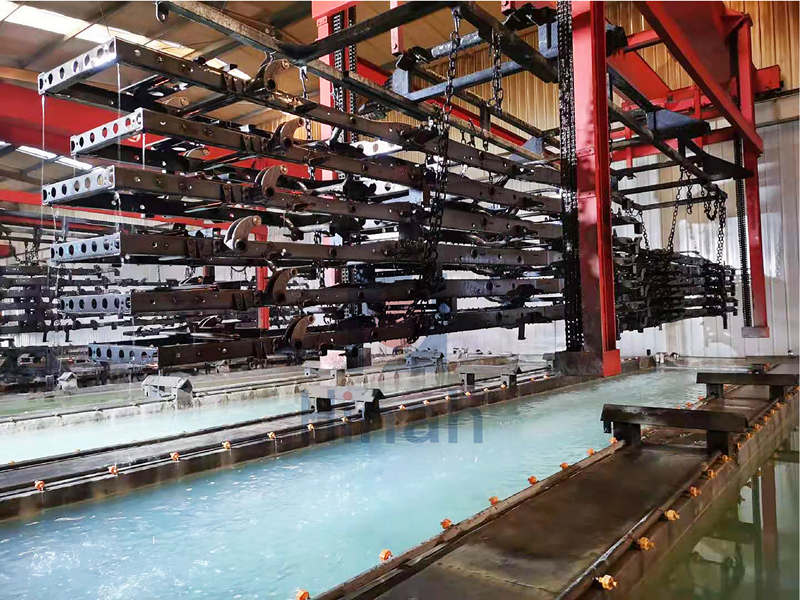Electrophoretic Coating Problems: The Most Frequent Defects Explained
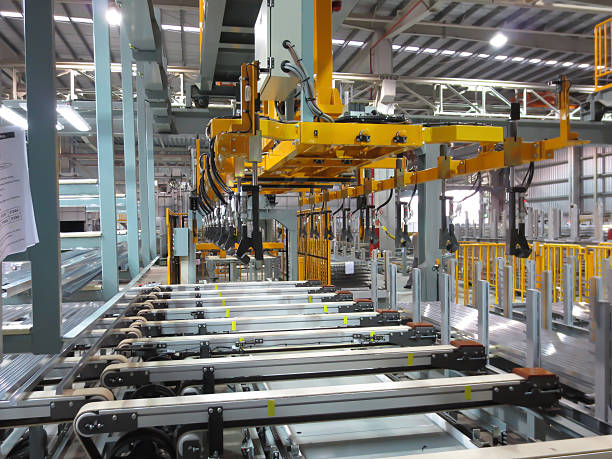
Electrophoretic coating is known for its excellent corrosion resistance and uniform coverage, especially on complex metal parts. However, even small defects can significantly weaken the final finish, increase rework costs, and compromise long-term durability. Most coating problems can be traced back to three root causes: poor surface preparation, contamination in the coating bath, and incorrect […]
The Hidden Costs of a Poorly Designed E-Coating Line
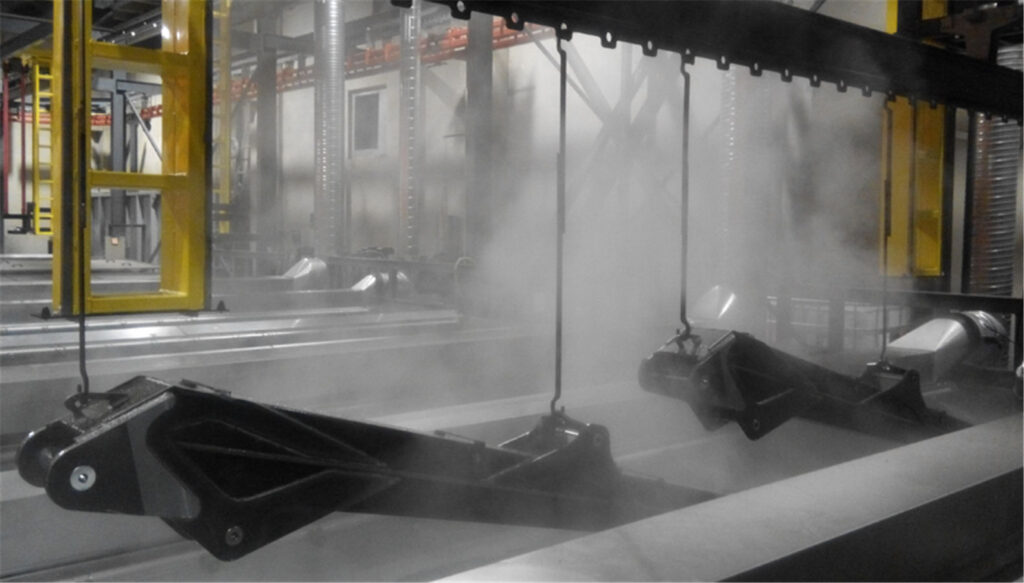
A poorly designed e-coating line rarely fails overnight. Instead, it drains money slowly—through longer cycle times, unpredictable film build, rising rejection rates, and maintenance that never seems to end. At first, these issues feel like “normal production problems,” but over time they reveal a deeper truth: the line’s design was never built to support stable, […]
Do You Meet the Pinhole Problem in Electrophoretic Coating Line
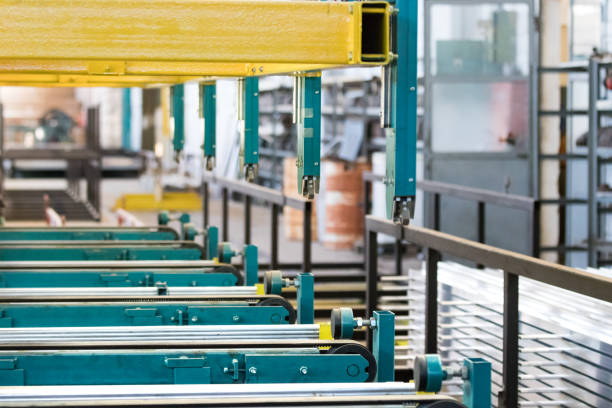
Imagine a perfectly coated surface, smooth and flawless, only to discover tiny imperfections—pinhole defects—lurking beneath the finish. Pinholes may seem minor, but they represent a significant challenge in electrophoretic coating lines, where precision and perfection are paramount. What makes pinholes even more problematic is that they are often invisible at first glance. They form quietly, […]
Inside a Struggling E-Coat Line: The 3 Silent Failures No One Noticed
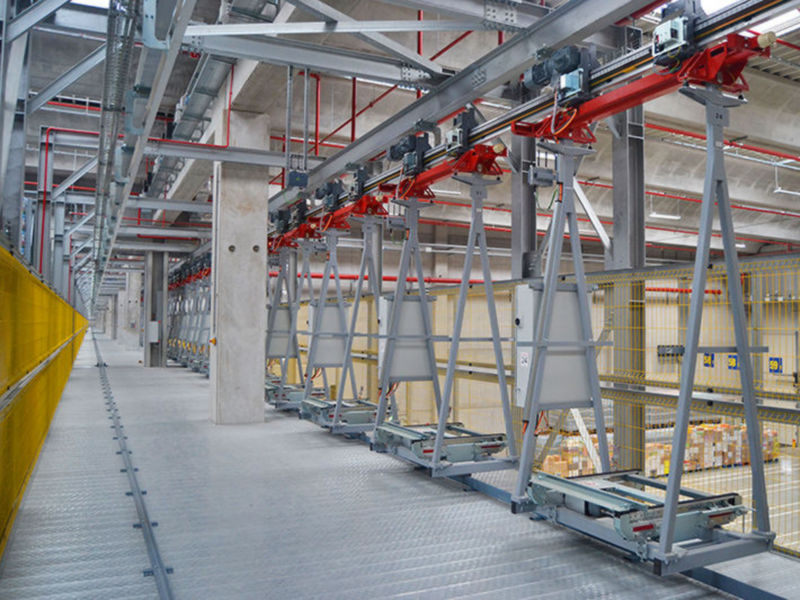
Sometimes an e-coat line keeps running, the pumps are steady, the numbers look normal, and yet something quietly slips out of place. No alarms sound, but the finish loses a bit of its uniformity, defects start to creep in, and operators sense a problem they can’t name. That’s the danger—silent failures that hide beneath the […]
How Electrocoating Systems Reduce Rework to Save Cost

All of us know the frustration of rework. A small imperfection on a coated part can mean hours of lost production, wasted materials, and an entire batch falling behind schedule. Rework doesn’t just cost money—it drains confidence from the process itself. When the same coating flaws keep coming back, it’s a sign that something deeper […]
Why Your E-Coat Power Supply Is Causing Coating Defects
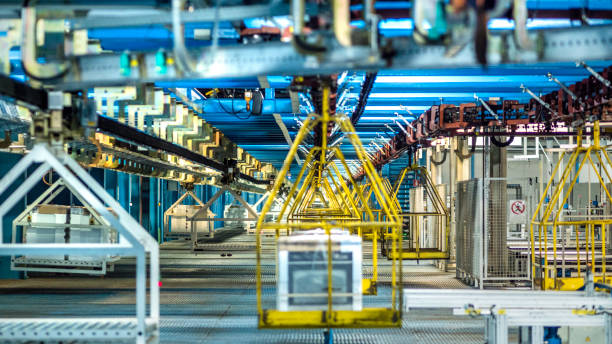
When a perfect, mirror-smooth electrocoating finish suddenly turns rough or uneven, most engineers look to the paint bath, pretreatment, or temperature control for answers. Yet, the real culprit often lies in a place few people suspect — the ecoat power supply. This unassuming device quietly drives every stage of the coating process, controlling the electric […]
What You Should Know Before Upgrading Electrocoating Conveyor System
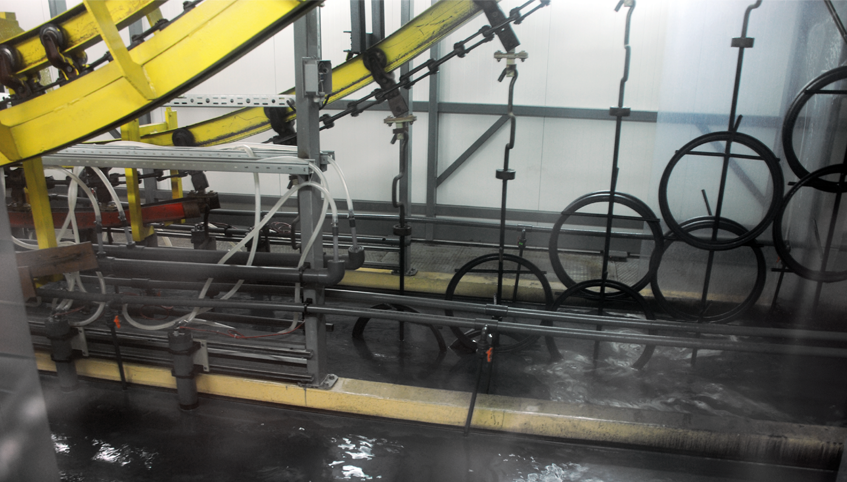
Upgrading an existing electrocoating line is never just about replacing hardware — especially when the conveyor system is involved. As the silent backbone of the entire E-coat process, the conveyor links every stage from pretreatment to curing, and even a small change can ripple through the whole line. Many manufacturers plan retrofits to improve efficiency […]
Dealing with Bath Contamination in Electrophoretic Coating Line
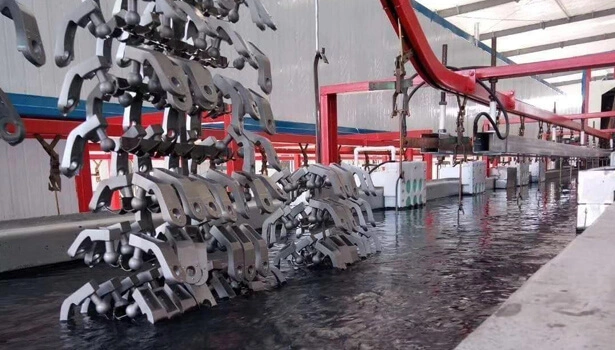
In an electrophoretic coating line, the stability and purity of the coating bath determine the overall coating quality. Even the most advanced equipment cannot deliver consistent results if the bath becomes contaminated. Tiny particles, oil residues, or metal ions can quickly disrupt the chemical balance, leading to coating defects such as poor adhesion, uneven film […]
How to Reduce Paint Waste in Electrophoretic Painting Process
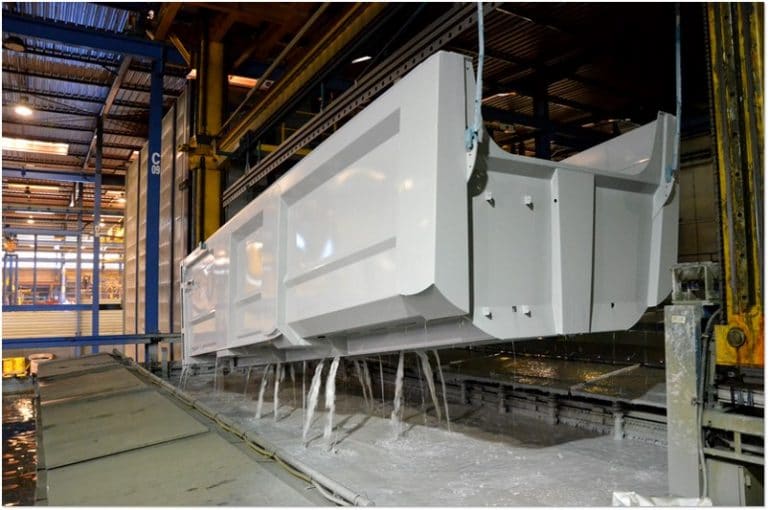
Walk into any factory running an electrophoretic painting line, and you’ll hear the steady hum of pumps, the rhythmic movement of conveyors, and the quiet confidence of a process built for precision. Everything seems perfectly balanced—until you look closer. Somewhere in the tanks, in the rinse water, or at the filters, small amounts of paint […]
How to Prevent Contamination in Electrophoretic Coating Tank
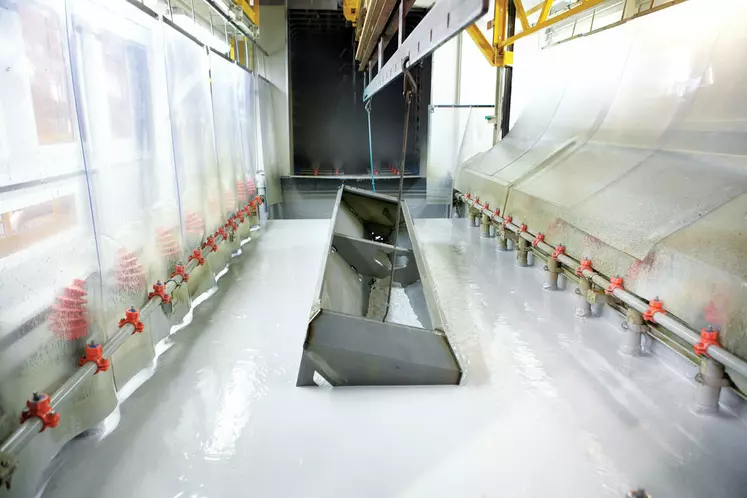
When it comes to achieving a flawless electrophoretic coating, most focus on voltage, bath chemistry, or curing temperature. But there’s another, often-overlooked factor quietly affecting every part you coat — contamination inside the electrophoretic coating tank. Even the smallest impurity — a trace of oil, metal dust, or chemical residue — can compromise the integrity […]

